Gardening Blog
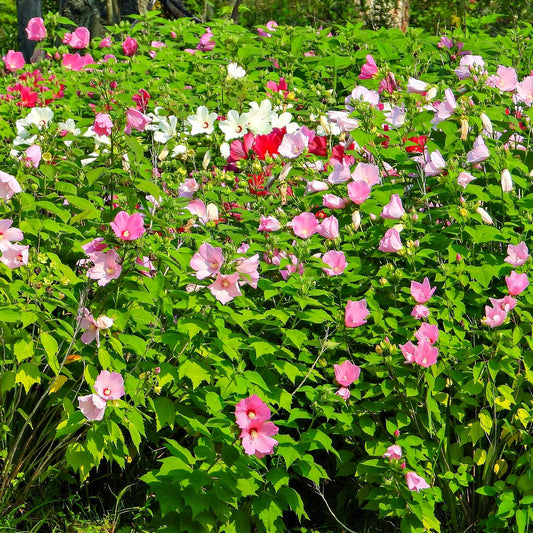
Growing with TN Nursery: Customer Reviews
From the timeless beauty of Dogwood trees to the easy charm of Hostas, the cottage-style blooms of Hydrangeas, and the lush greenery of native Ferns, TN Nursery customers share how...
Growing with TN Nursery: Customer Reviews
From the timeless beauty of Dogwood trees to the easy charm of Hostas, the cottage-style blooms of Hydrangeas, and the lush greenery of native Ferns, TN Nursery customers share how...

From Complaint to Happy Customer: How TN Nurser...
If you’ve searched for TN Nursery reviews, you’ll see a mix of experiences. And that’s okay — we believe every piece of feedback is a chance to improve. For over...
From Complaint to Happy Customer: How TN Nurser...
If you’ve searched for TN Nursery reviews, you’ll see a mix of experiences. And that’s okay — we believe every piece of feedback is a chance to improve. For over...
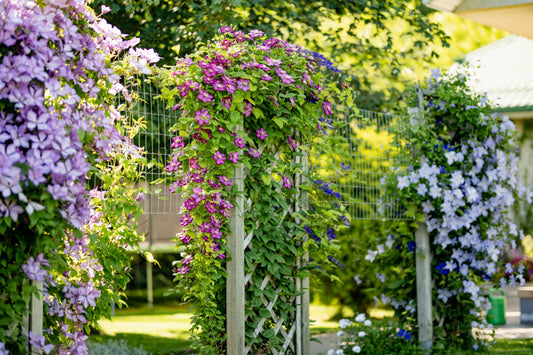
Are Clematis Perennials Exploring This Stunning...
Whether you're an experienced gardener or a newcomer to vertical gardening the use of clematis with underused native plants results in an attractive yet environmentally beneficial landscape, contemporary gardening practices...
Are Clematis Perennials Exploring This Stunning...
Whether you're an experienced gardener or a newcomer to vertical gardening the use of clematis with underused native plants results in an attractive yet environmentally beneficial landscape, contemporary gardening practices...
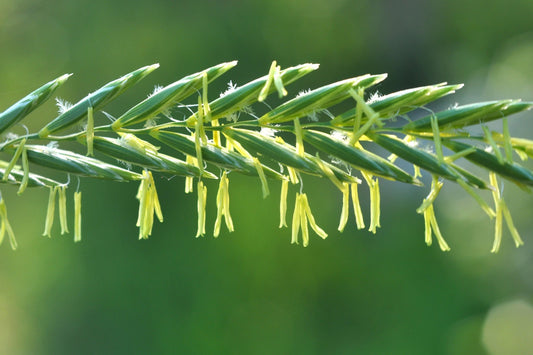
Why Perennial Ryegrass (Lolium perenne) Is a Ga...
Your landscape plan should include Lolium perenne when you aim for an attractive yard that supports ecological values. The combined traits of resilience and adaptability along with rapid germination qualify...
Why Perennial Ryegrass (Lolium perenne) Is a Ga...
Your landscape plan should include Lolium perenne when you aim for an attractive yard that supports ecological values. The combined traits of resilience and adaptability along with rapid germination qualify...
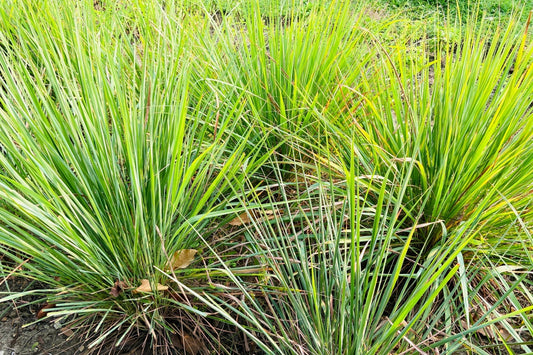
Is Lemongrass a Perennial What Gardeners Need t...
Lemongrass demands additional care in colder areas but delivers excellent value for your gardening efforts. By implementing an effective approach this plant can demonstrate perennial characteristics regardless of your location.
Is Lemongrass a Perennial What Gardeners Need t...
Lemongrass demands additional care in colder areas but delivers excellent value for your gardening efforts. By implementing an effective approach this plant can demonstrate perennial characteristics regardless of your location.
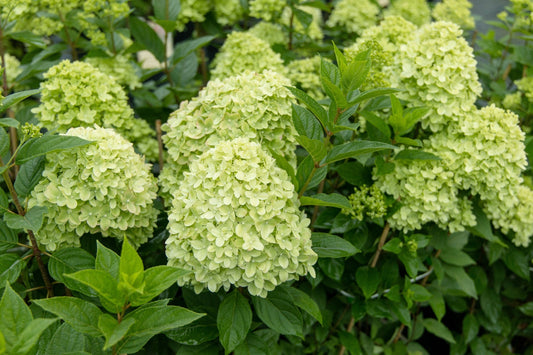
Why Every Garden Needs Limelight Hydrangea
Limelight hydrangea stands as a timeless design staple rather than just another garden trend. The combination of this plant with suitable native species elevates its beauty to brilliance. You'll develop...
Why Every Garden Needs Limelight Hydrangea
Limelight hydrangea stands as a timeless design staple rather than just another garden trend. The combination of this plant with suitable native species elevates its beauty to brilliance. You'll develop...
